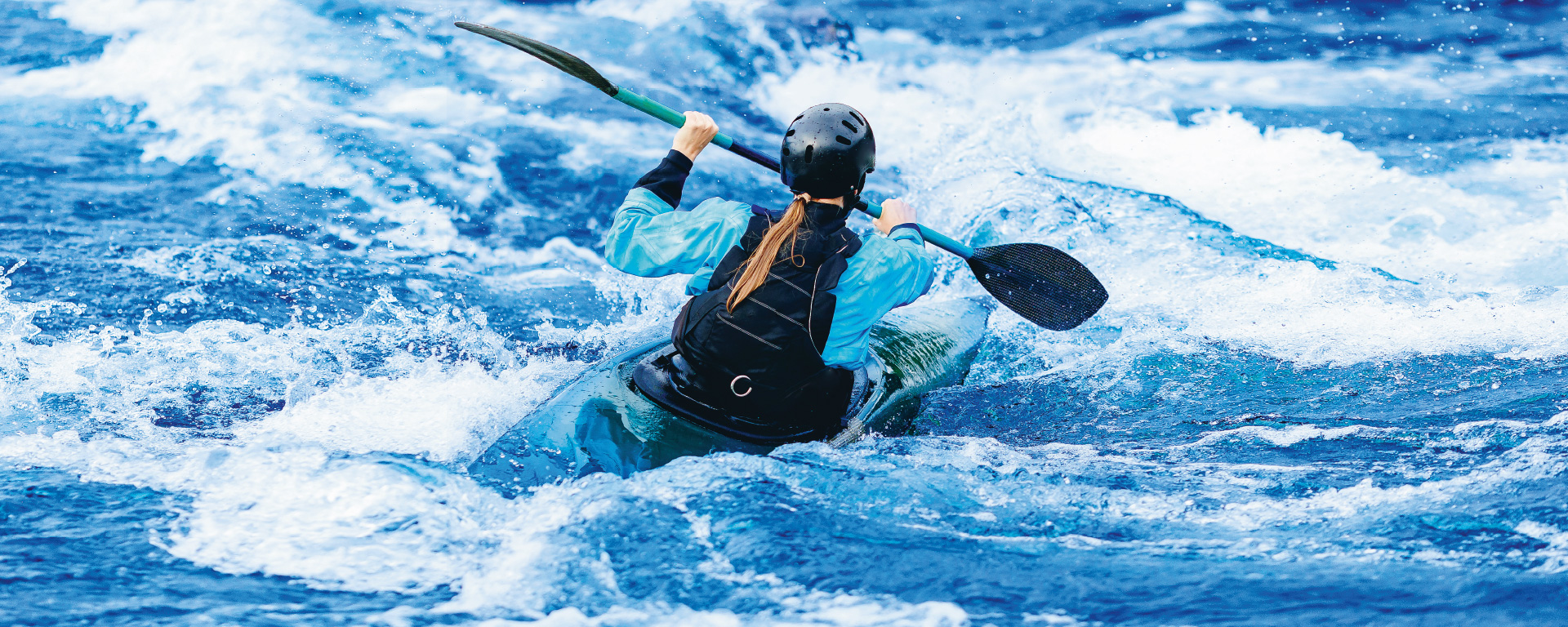Suche
Company locations
The whole picture – with just a single click. Find out here where our branches are located, what services they offer and how to contact them.
REMONDIS Group locations
Discover the world of REMONDIS with its approx. 900 branches and associated companies in over 30 countries across Europe, Africa, Asia and Australia.
Augsburg’s Olympic Park is not only an important sports venue but also an integral part of this German city’s UNESCO World Heritage Status. The Park’s canoe slalom course, known as the ‘Eiskanal’ [ice channel], is the oldest man-made white-water rafting course. Many of the buildings and structures there – including all of the sports grounds – were built for the 1972 Summer Olympic Games. Last summer, this historic sports venue hosted the ICF Canoe Slalom World Championships. The whole of the course, however, had to be overhauled and renovated in line with heritage protection legislation before the event could be held. XERVON’s scaffolding experts were called in to erect the scaffolds around the athletes’ centre and the judges’ stand. Once again, they were able to demonstrate their extensive technical expertise – skills that are essential for such complex projects: to be able to erect the scaffolding around the part of the tower that jutted out over the white-water rafting course, they first had to create a 15-metre-long structure that spanned the water. This was not only used as a base for the scaffolding but also as a protective roof so that the canoeists could continue to use the course while the work was being carried out.
Last summer, this historic sports venue hosted the ICF Canoe Slalom World Championships.
A structure with two quite separate roles
The planners had one important objective in mind when they drew up their plans for the Olympic Park around the historic ‘Eiskanal’ 50 years ago: the canoe slalom course should occupy centre stage. As a result, any necessary accompanying buildings were adapted to blend in with the terrain and the near-natural environment. And they were built very much in keeping with the architectural style of that time. Something that is also true for the judges’ stand – an eye-catching, three-storey,
grid-like structure. Made of exposed concrete and wood, large sections of the stand jut out over the white-water rafting course to ensure the judges have the best possible view of events.
Which meant that the XERVON specialists had to first erect a 15-metre-wide structure above the surface of the slalom course that could then be used as a base for setting up the scaffolding around the judges’ stand. In practice, this meant installing lattice beams parallel to each other over the white-water rafting course and positioning their ends on support structures on either bank. Once in place, the upper surface of this ‘bridge’ was first covered with dust protection sheeting and then with a layer of formwork panels. The result was a load-bearing platform that the scaffolding experts could then use to build a scaffold upwards towards and around the judges’ stand.
This ‘bridge’, however, was not only used as a base for the façade scaffolding during the project. At around 1.80 metres above the surface of the water, it was clearly high enough to act as a protective roof as well. With there being no support structures in their way and with there being no danger of them being hit by falling debris, canoeists were able to use the course throughout the project. And so when the Canoe Slalom World Championships were officially opened, the Olympic Park was able to present both of its strengths to the public: as a historical part of Augsburg’s water system and as a functional modern sports venue.



